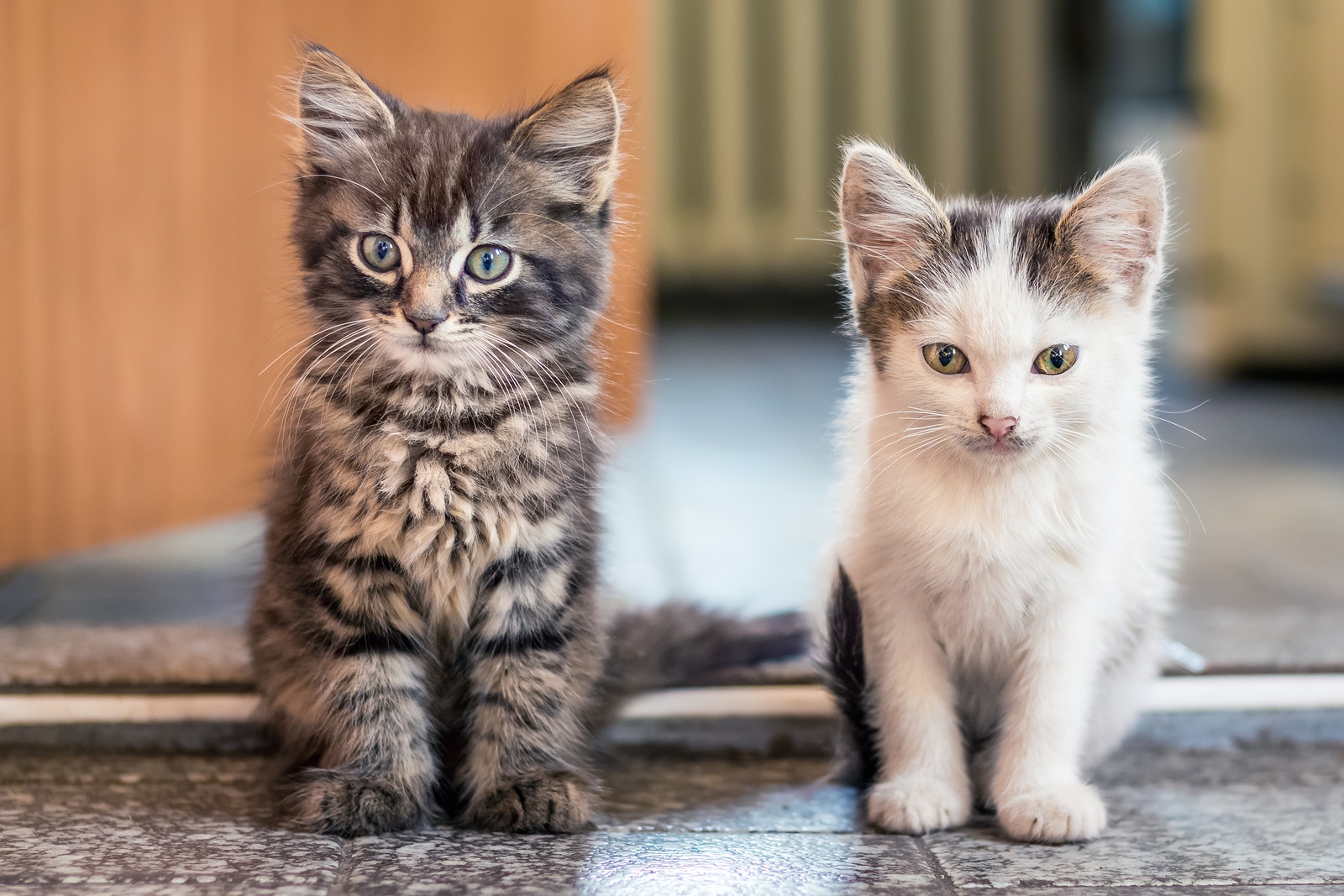Lifestyle
8.8.2019
The cat in Arab-Muslim culture: an animal to preserve

Because it can be different in other cultures, on the occasion of the International Cat Day, Kawa looks at the welcome that is given to our four-legged companions throughout the Arab world. From the cults of ancient Egypt to the Suras of the Koran, the little feline often arouses fascination and respect.
As we learn from travel, so-called “pets” do not receive the same treatment all over the world. For example, if it is rather rare to encounter stray dogs in our countries, it is a very widespread phenomenon in countries such as Turkey, Thailand, Egypt, and many more. The same is true for the animal that can be either considered as the alter ego or sidekick of the dog: the cat. However, he seems to enjoy a greater degree of sympathy with men.
At the beginning
The first traces of a cat’s domestication date back to around -7000 BC. Rather than being domesticated, it should be said that it has been tamed. The cohabitation of cats and humans would probably have arrived in the fertile crescent, with the beginning of agriculture: the storage of grain attracted mice and rats, which themselves attracted cats, their natural predators. Later, in ancient Egypt, about 2000 years before our era, other sources of domestication have been observed by archaeologists.

A cute, but above all useful animal
Thus, in the fertile crescent, the cat should not only be appreciated for its sweetness, but also because it protected agricultural stocks (grain silos were invaluable to these farmers), and not only. By hunting rats, the cat eliminated a vector of serious diseases (such as plague), and by hunting snakes (especially horned vipers), it made the surroundings of the households near where it had established its territory safer. That makes it easier to understand why he quickly created a place of choice in the hearts of humans.
A cat cult?
In Egypt, the little feline was deified. It was the goddess Bastet, a symbol of fertility and beauty, who was the first to be represented with a cat’s head. The goddess symbolized light, heat and solar energy, but also, under her feline features, mystery, night and moon. In addition, she was thought to help the fertility of humans and animals, cure diseases and care for the souls of the dead. It, therefore, took the pharaohs a short time to declare the cats sacred and impose their protection. There was even the risk of the death penalty, as a Roman dignitary who accidentally killed a cat almost learned at his own expense, as he was almost lynched by the population, according to Paul Henry Carlier’s Les Chats. At the time, the welfare of the cat was so important that funerals were organized for the deceased felines with great pomp, mummification, and sarcophagus. In 1980, in Tell Basta, the ancient Bubastis, formerly the capital of Egypt, more than 300,000 cat mummies were even discovered.
https://www.instagram.com/p/B0zhuk9BUP1
Important in the Qur’an
Many references to the cat are made in the Qur’an, reminding us, for example, that the water from which a cat has drunk can still be used by a believer to perform his ablutions, or that food left by a cat can still be consumed, because it is a clean animal and a predatory one. He is considered a member of the house, and even its guardian. This would come from the fact that, among other anecdotes, the Prophet Mohammed was particularly attached to his pussy, Muezza, who saved him from the bite of a snake. Thus, while the latter was asleep at his side, he preferred to cut off his clothing rather than wake her up (cat owners will surely recognize themselves). It is also the one who would have given all cats the ability to always fall back on their feet. The animal appeared in Islam on Noah’s Ark, then infested with rats. The patriarch allegedly created the cat by rubbing his hand on a lion’s nose, which sneezed to reveal two cats, a male, and a female. The cats would then have clawed and scratched the wood of the ark (indeed, nothing has changed since then). Noah would then have punished them by forcing them to stay on the upper deck, under the rain of the flood, hence the violent detestation of cats for water in general. Strangely, if the cat is a preserved and respected companion in many regions of Islam – it is considered a sin to harm this animal, which has a place in heaven – the phenomenon seems to be less pronounced in sub-Saharan Africa, where it meets with less love, despite the presence of this religion.
See also
undefinedpopular

